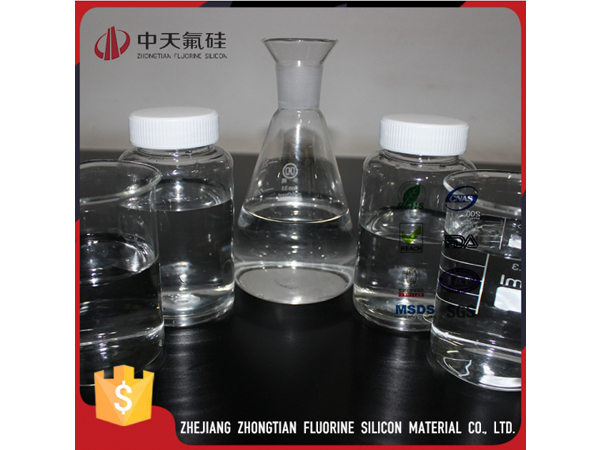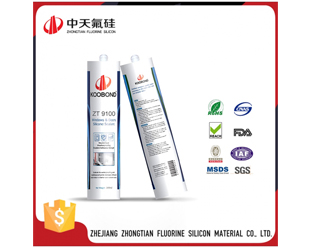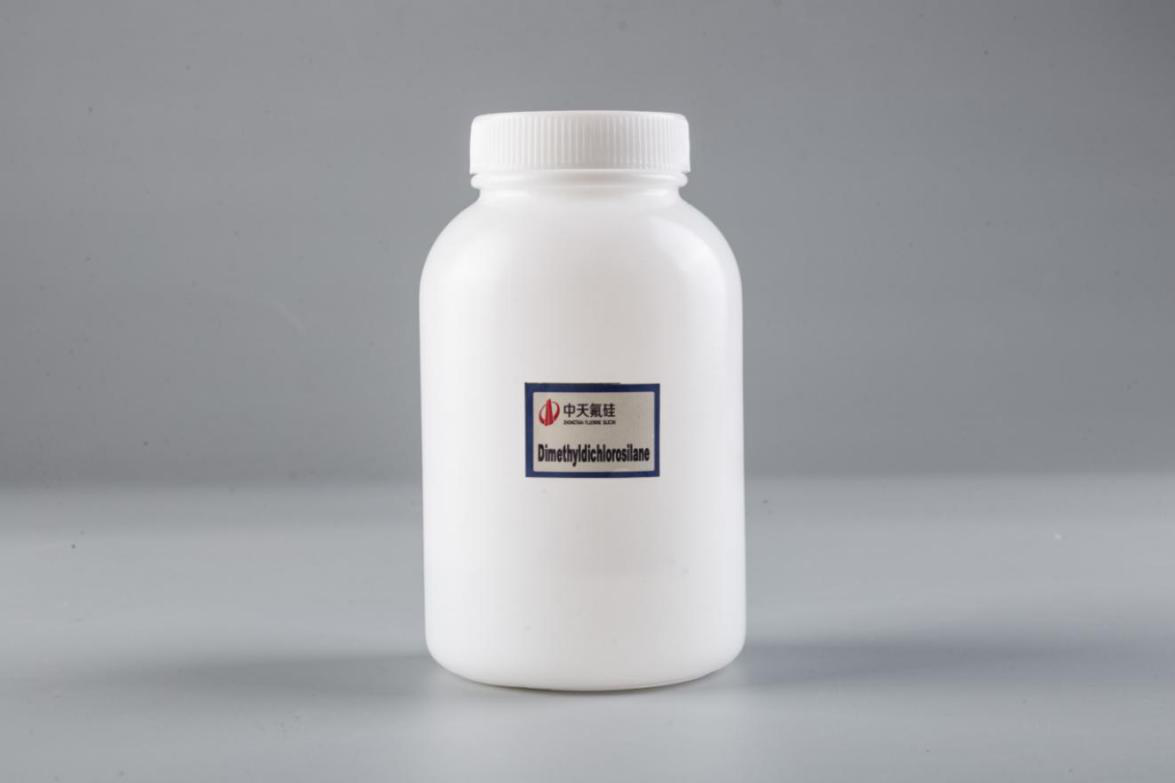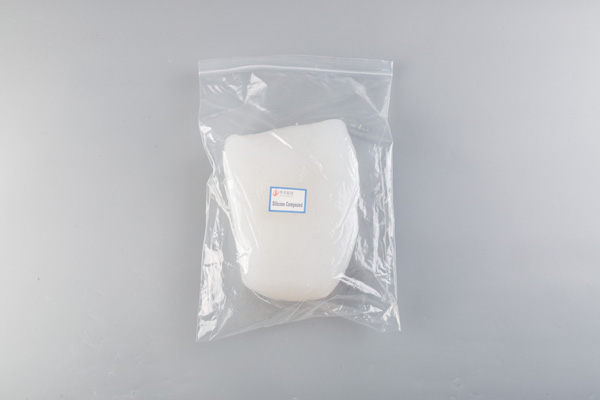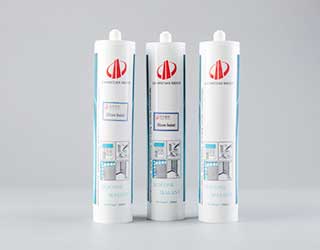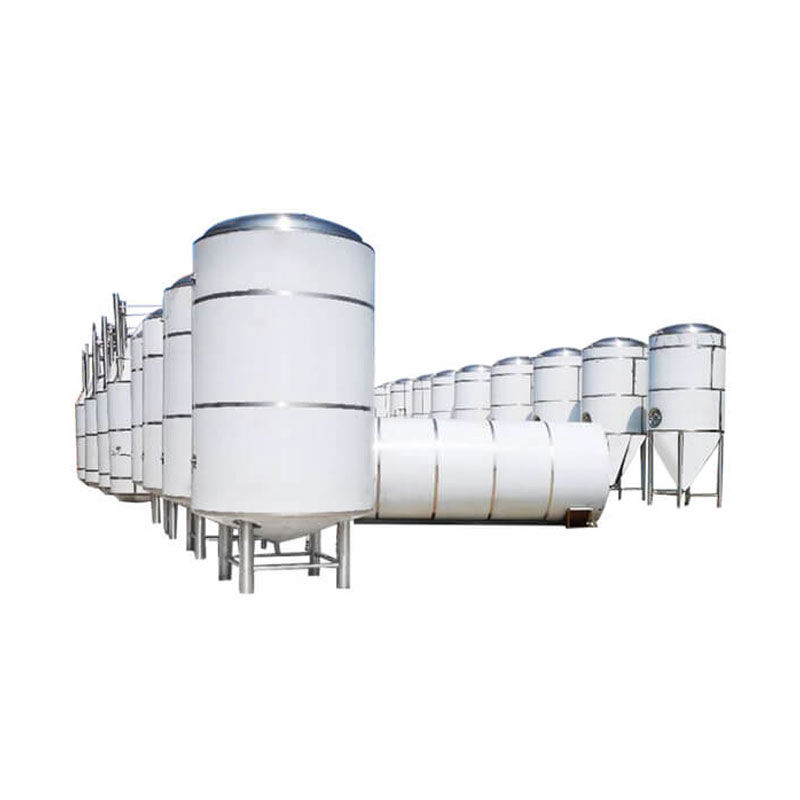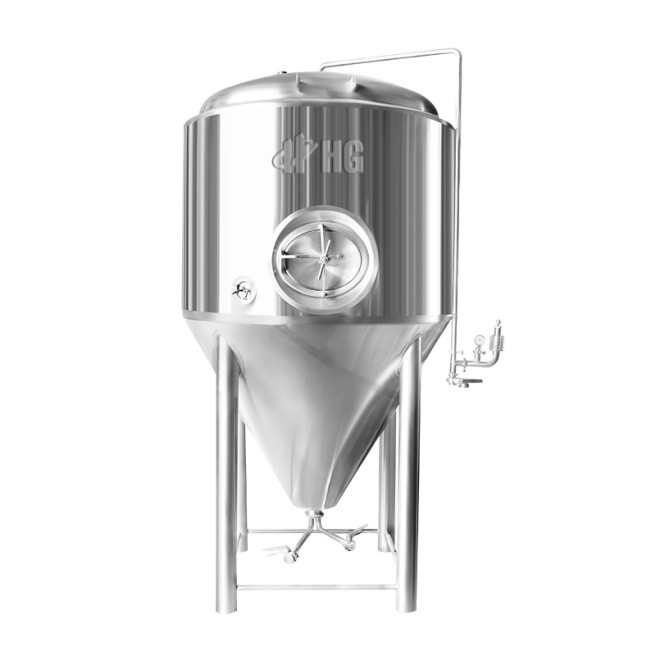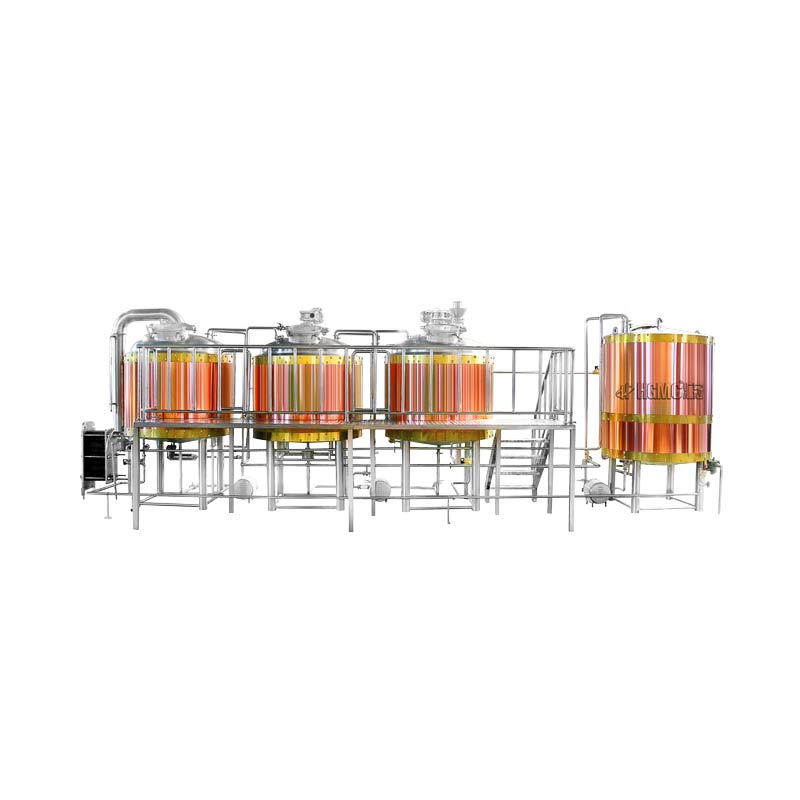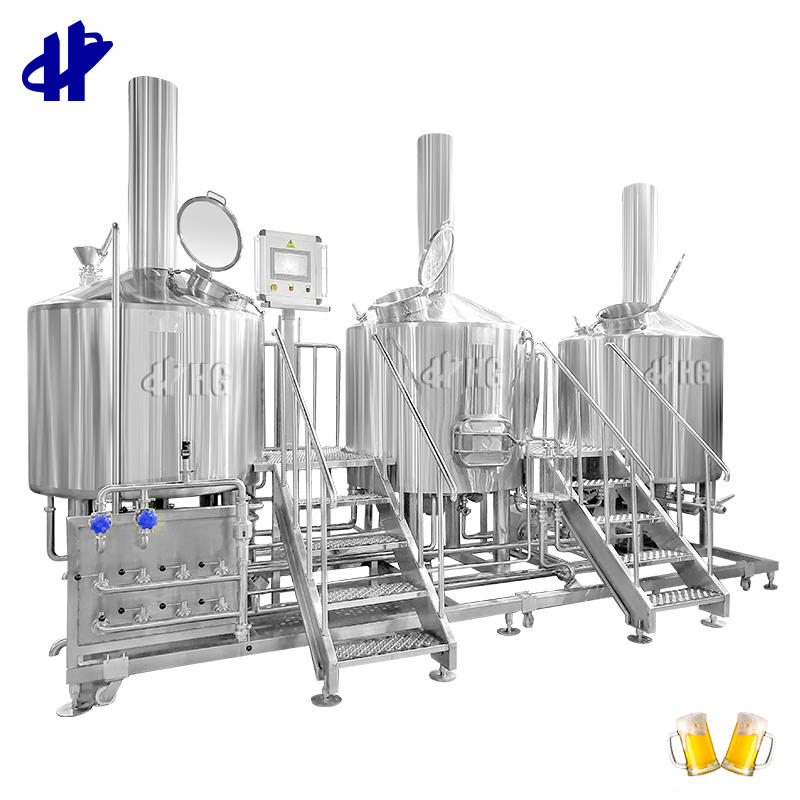Trimethylchlorosilane (M3)
Name:
Trimethylchlorosilane
Feature:
Trimethylchlorosilane is a colorless or light yellow transparent irritating liquid.
CAS No.: 75-77-4
Technical Data of Trimethylchlorosilane
|
Testing Items |
Testing Standards |
|
Trimethylchlorosilane /% |
≥ 99.5 |
|
Methyltrichlorosilane /% |
≤ 0.05 |
|
Tetrachlorosilane /% |
≤ 0.05 |
Description of Trimethylchlorosilane
Trimethylchlorosilane is colorless transparent liquid, and it is volatile, easily hydrolyzed in humid air to free hydrochloric acid. It is soluble in benzene, ether and perchloroethylene. Besides, chlorotrimethylsilaneis flammable, toxic and corrosive. Sealed and stored in a cool and dry place. Store in a low temperature ventilated place, away from fire and heat source. Separate storage and transportation with oxidizers, acids and bases.
Trimethylchlorosilane Uses
Trimethylchlorosilane is mainly used in the production of end-capping agent MM, silazane, cephalosporins antibiotics, active group protectors, etc.
Storage and Transportation of Trimethylchlorosilane
Storage: Stored in a shady, cool, and ventilated place. It should be kept away from kindling and heat sources, avoid direct sunlight.
Transportation: When transported, avoid rain and direct sunshine.
Health Hazards of Trimethylchlorosilane
Invasion route: inhalation, ingestion, transdermal absorption.
Health hazards of trimethylchlorosilane: Strong irritation to respiratory tract and eyes, skin mucous membrane. Inhalation can cause death due to spasm and edema of larynx and bronchus, chemical pneumonia, pneumonia and pulmonary edema. Exposed workers often have eye pain, tearing, coughing, headache, nausea, vomiting, wheezing, easily agitated, and itchy skin.
Toxicological information and environmental behavior
Hazardous characteristics of trimethylchlorosilane: Flammable, in contact with high heat, open flame or with oxidizing agents, there is a risk of causing combustion and explosion. Release toxic and corrosive fumes when heated or exposed to moisture liberation heat. Corrosive.
Combustion (decomposition) products: carbon monoxide, carbon dioxide, silicon oxide, hydrogen chloride.
Leakage Emergency Treatment of Trimethylchlorosilane
Quickly evacuate personnel from the leaking contaminated area to a safe area, and isolate and strictly limit access.
Cut off the source of fire.
It is recommended that emergency response personnel wear self-contained positive pressure respirators and fire protective clothing.
Do not come into direct contact with the spill.
Cut off the source of the spill as much as possible and prevent access to restricted spaces such as sewers and drainage ditches.
Small leakage: mix with sand, dry stone type or soda ash. You can also brush the emulsion with non-flammable dispersant making surface, and dilute the washing solution into the wastewater system.
Large amount of leakage: Construct a dike or dig a pit to shelter. Cover with foam to reduce vapor disaster. Transfer to tanker or special collector with explosion-proof pump, recycle or transport to waste disposal site for disposal.
Zhongtian is a professional silicone products manufacturer, we provide silicone products. Want to know more? Contact us now.
在线联系供应商
Other supplier products
| Methyltrichlorosilane (M1) | Zhongtian East Fluorine Silicon Material Co., Ltd.,a silicone suppliers, mainly engaged in organic silicon monomer, research and development of flu... | |
| Silicone Window & Door Sealant | Name: Silicone Window & Door Sealant Features: One component, neutral, room temperature curing building silicone sealant, and non-corr... | |
| Dimethyldichlorosilane(M2) | ZhongtianEast Fluorine Silicon Material Co., Ltd.,liquid silicone rubber manufacturers, mainly engaged in organic silicon monomer, research and dev... | |
| Mixing Silicone Rubber | Mixing Silicone Rubber Usage: it can be used for pressing buttons, o-ring, sealing gasket, shaft seal, rubber roller etc. Packaging and shipp... | |
| Silicone Products in Rubber Industry | ZHONGTIAN gives the rubber industryunique silicone products. Discover how individual solutions are created worldwide. RTV-2 SILICONE RUBBER MOLDM... |
Same products
| 10000L Bright Beer Tank | 卖方: 山东汇冠工程装备有限公司 | 10000L Bright Beer Tank is often also called serving tank, tax determination tanks or clear beer ... | |
| 2000L Fermentation Tank | 卖方: 山东汇冠工程装备有限公司 | 2000L Fermentation Tank is a Modular cylindrically-conical tank consist of a base tank (BT) and e... | |
| 300CPH(5CPM) Semi-Auto Beer Canning Machine | 卖方: 山东汇冠工程装备有限公司 | 300CPH(5CPM) Semi-Auto Beer Canning Machine is specifically designed to beer filling and include ... | |
| 2000L 2 Vessel Copper Beer Brewing Equipment | 卖方: 山东汇冠工程装备有限公司 | 2000L 2 Vessel Copper Beer Brewing Equipment , Copper has the highest heat conductivity, is easy ... | |
| 1000L 3 Vessel Beer Brewing Equipment | 卖方: 山东汇冠工程装备有限公司 | 1000L 3 Vessel Beer Brewing Equipment is a brewery for restaurants, commecial and industrial brew... |









